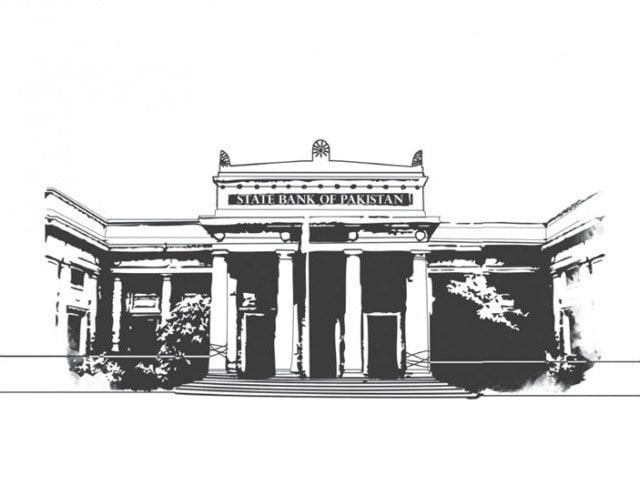
Safe investments in government papers let banks grow their bottom lines while minimising the risks associated with private-sector lending.
Financial sector: Lazy banking, huge earnings
According to the quarterly compendium for the banking sector released by the State Bank of Pakistan (SBP) on Tuesday, bank deposits increased 12.5% to Rs10.3 trillion in 2015. In contrast, a corresponding rise of 8.3% resulted in the net advances - loans that banks extend to businesses and individuals - of Rs4.8 trillion at the end of 2015.
This means new deposits mobilised by banks in 2015 (Rs1.15 trillion) outpaced the net advances generated (Rs369 billion) over the same 12-month period in both absolute and percentage terms.
As a result, the advances-to-deposits ratio stood at 46.4% at the end of December 2015, lower than 48.2% recorded at the end of 2014.
Holding back loans for private-sector businesses, banks were left with ample cash to invest in risk-free government securities, like Pakistan Investment Bonds (PIBs) and treasury bills.

In contrast, banks’ investments increased 29.6% annually to Rs6.8 trillion by the end of 2015. Hence the net increase in banks’ advances over the year was Rs369 billion while the corresponding surge in their investments equalled more than Rs1.5 trillion.
Moody’s changes Pakistan’s banking system outlook to ‘stable’
Resultantly, the investments-to-deposits ratio (IDR) at the end of 2015 stood at 66.2% compared to 57.5% recorded a year ago. Banks held 79.8% of all outstanding government securities at the end of January, according to a separate publication of the SBP.
Banks operating in Pakistan made a combined profit of Rs199 billion in 2015, up 22% from the earnings of Rs163 billion recorded in 2014. The combined profit of the banking sector has risen on average 25% per annum for the last five years.
The annualised increase in the net investments of banks over the same period was 26.1% while the corresponding rise in net advances equalled only 7.5%.
According to Invest and Finance Securities CEO Muzammil Aslam, the standard threshold for government treasuries was originally 20% while 75% of deposits were supposed to be reserved for credit off-take. The rest of the 5% of deposits were meant for meeting regulatory cash reserve requirements, he said, noting that banks’ investments in government securities is at a record high now.
The pre-tax profitability of the entire banking sector remained Rs329 billion for 2015. This translates into a year-on-year increase of 33.2% in pre-tax earnings as opposed to 22% rise in after-tax profitability.
The sudden spike in the tax expense last year was a result of the government increasing the rates of different taxes that banks pay on multiple avenues of income. Instead of paying taxes at rates ranging from 10% to 25% on different sources of income, such as dividends and income from mutual funds, banks had to pay a uniform tax rate of 35% on all sources of banking incomes June onwards. This dented the bottom lines of the banks, as their overall tax liability increased by more than half in 2015.
Published in The Express Tribune, March 2nd, 2016.
Like Business on Facebook, follow @TribuneBiz on Twitter to stay informed and join in the conversation.


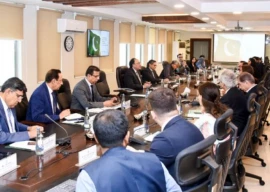
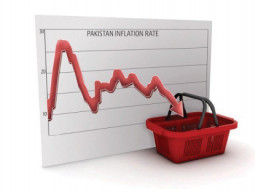
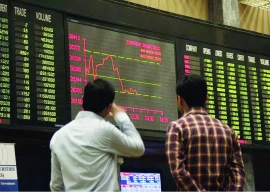
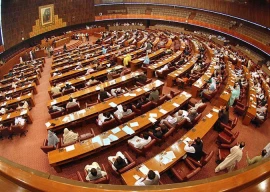











COMMENTS
Comments are moderated and generally will be posted if they are on-topic and not abusive.
For more information, please see our Comments FAQ